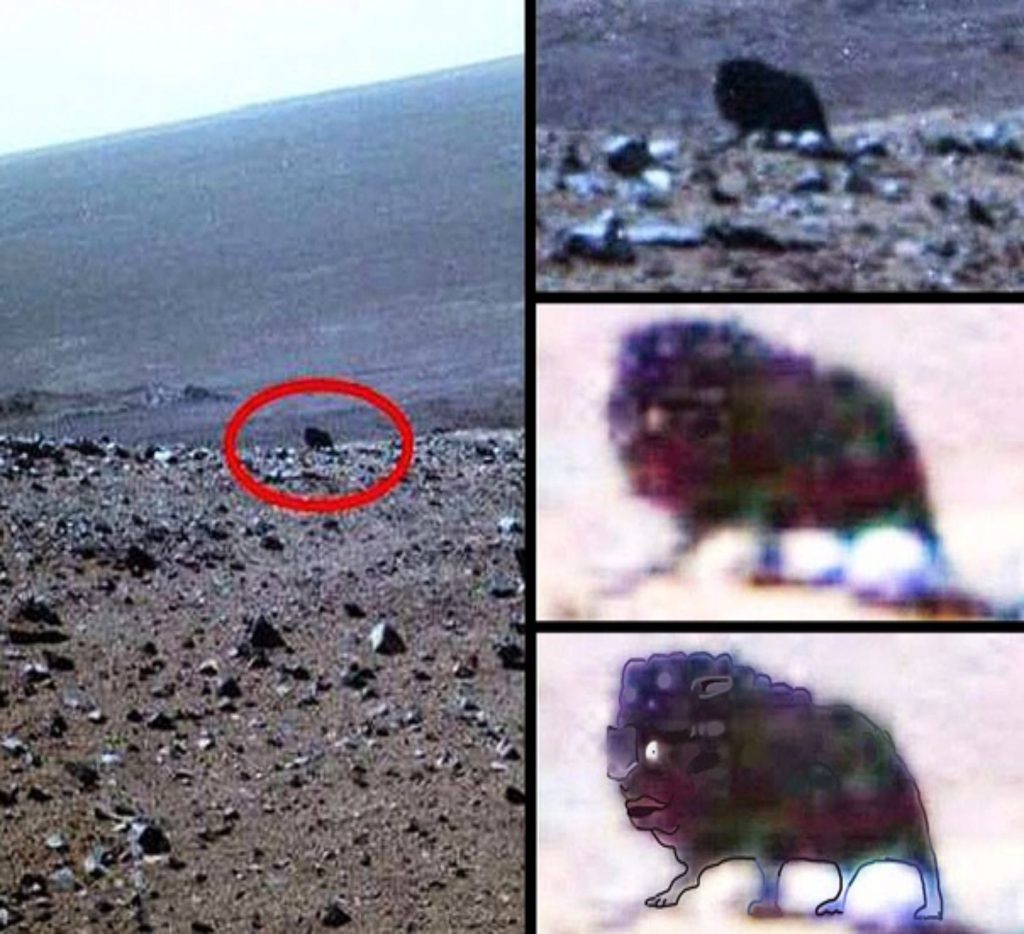For decades, life on Mars has been a topic of fascination among scientists, visionaries, and conspiracy theorists alike. While official space agencies approach the red planet with scientific rigor, many independent thinkers believe there’s much more to Mars than we’re being told. Could life on Mars be real—past or present? Some theorists think so, and they’re determined to uncover the truth.

1. Ancient Life and Forgotten Civilizations
A growing number of theorists argue that life on Mars once thrived in a time when the planet had rivers, oceans, and possibly a stable atmosphere. They point to dried lake beds, sediment layers, and polar ice caps as evidence. NASA has confirmed these features, supporting the idea that Mars was once habitable. (source).
Some even suggest that a long-lost Martian civilization may have migrated to Earth, influencing human development. While these ideas stretch beyond scientific consensus, they reflect the deep interest in proving life on Mars is more than just theory.
Table of Contents
2. Viking Experiments Mars/ The Viking Experiments: A Missed Opportunity?
In 1976, NASA’s Viking missions conducted biological tests on Martian soil. One of these, the Labeled Release experiment, yielded results consistent with microbial metabolism. Although later dismissed as chemical reactions, the results sparked intense debate.
Gilbert Levin, one of the original experiment designers, believed until his death that the Viking mission had already discovered life on Mars. Many conspiracy theorists argue the data was suppressed to avoid global unrest or protect secret agendas. In fact, he argued this point publicly in a
Scientific American article,
3. The Face on Mars and Surface Anomalies
Perhaps the most iconic example is the “Face on Mars,” photographed in 1976 in the Cydonia region. While high-resolution images later revealed it to be a natural mesa, conspiracy theorists still believe it’s a monument from an ancient civilization—proof of past life on Mars.
Other anomalies include pyramid-like formations, dome structures, and patterns that seem artificially created. Skeptics attribute these to pareidolia, the brain’s tendency to find familiar shapes in random visuals. Yet, for believers, they’re signs of intentional design. NASA has published
updated high-res imagery
4. Are Mars Missions Hiding the Truth?
With Mars now the target of missions by NASA, the European Space Agency, and private companies like SpaceX, theorists are questioning the true agenda. They speculate that space agencies may already have evidence of life on Mars—and are keeping it secret.
Some believe there are black-budget programs sending humans to Mars under the radar, possibly even interacting with alien organisms or retrieving ancient technology. Though no concrete proof exists, the persistence of these beliefs keeps the topic alive in public discourse.
5. The Future of Mars: Closer to Discovery?
As missions like Perseverance and ExoMars focus on finding biosignatures, we may be closer than ever to answering the age-old question: Is there life on Mars?
Organic molecules, methane emissions, and signs of ancient groundwater all support the possibility. If Mars Sample Return missions succeed, scientists may finally confirm or rule out life. Still, many conspiracy theorists remain skeptical, arguing that only complete transparency will uncover the real truth about Mars.
Conclusion
The mystery of life on Mars continues to inspire both scientists and conspiracy theorists. While evidence remains inconclusive, the search is far from over. Whether it’s through official space programs or the independent efforts of passionate believers, the red planet may one day reveal secrets that change everything we thought we knew about life beyond Earth.
Scroll down for video
